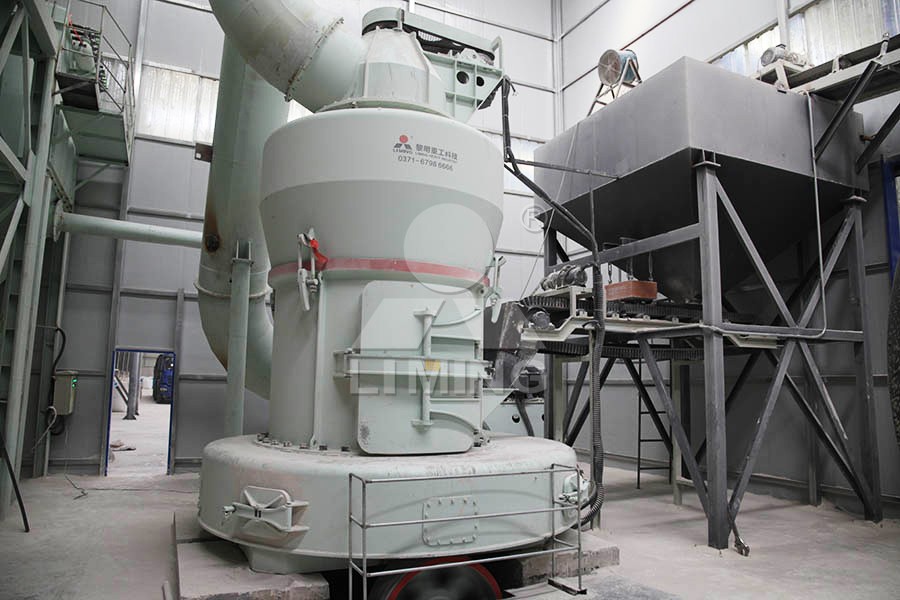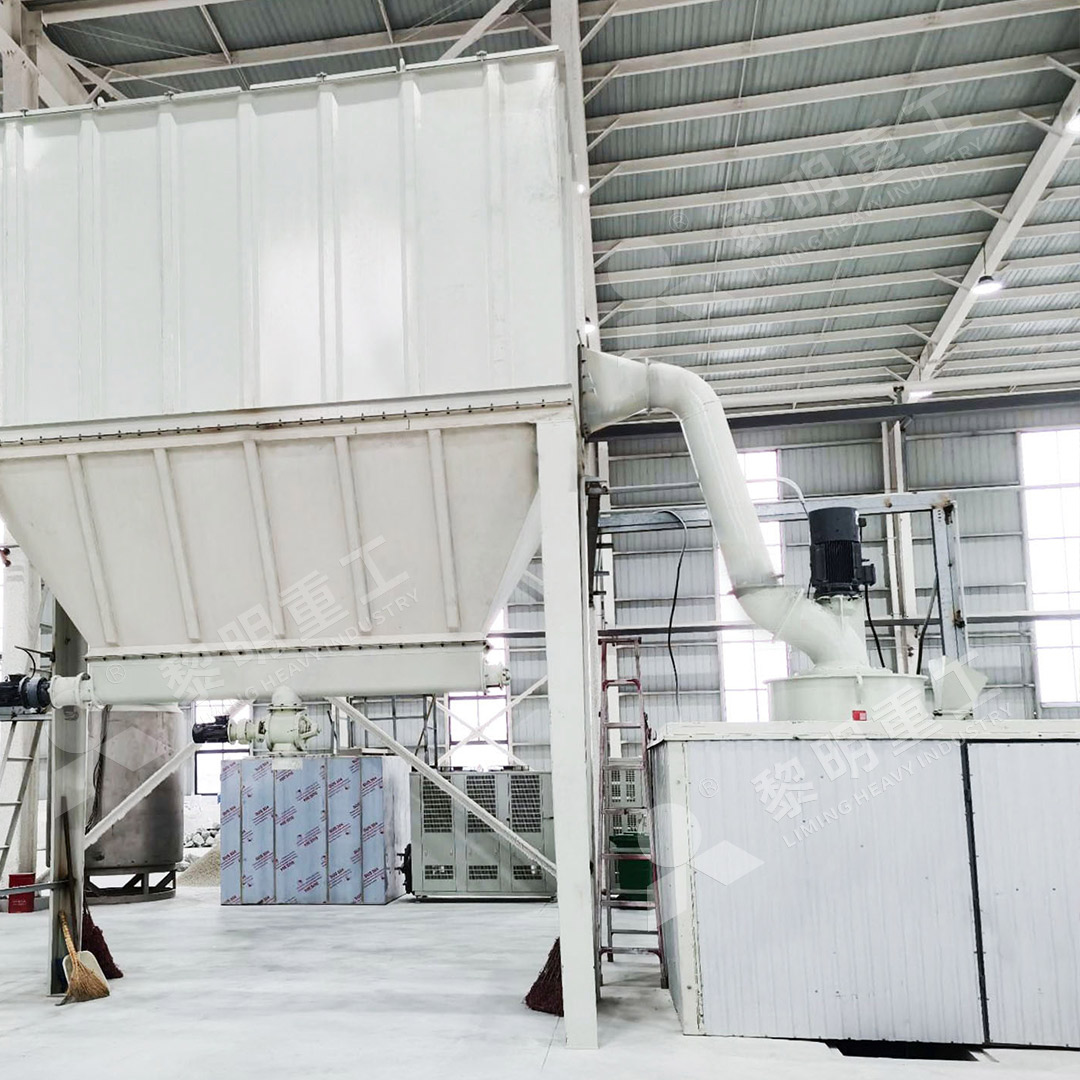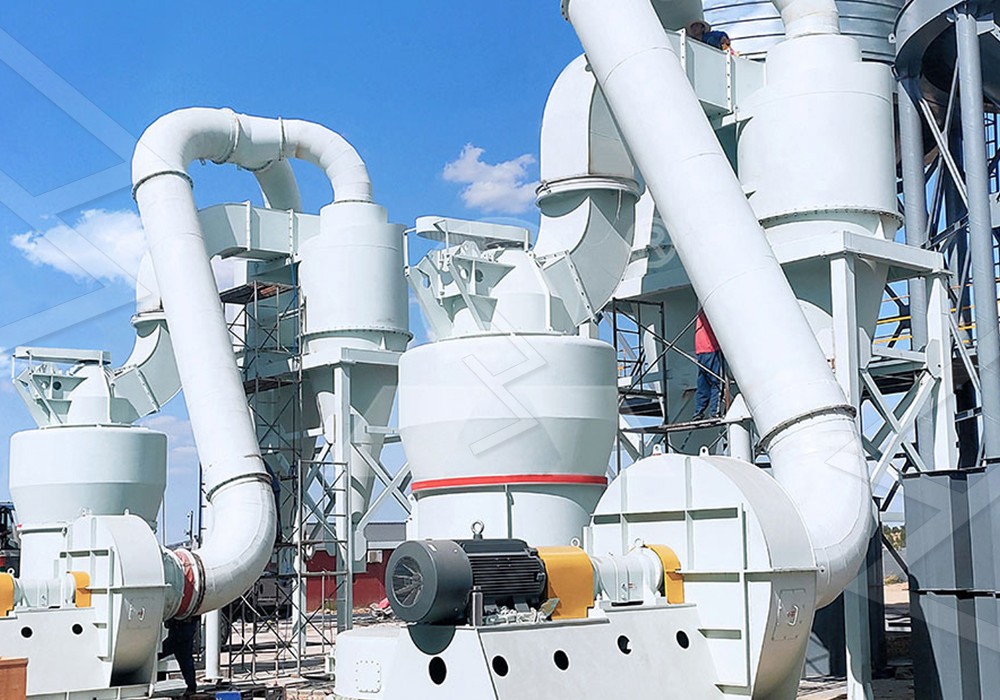Quality Control Standards for Optical Grade Quartz Powder in Manufacturing
Quality Control Standards for Optical Grade Quartz Powder in Manufacturing
In the high-stakes world of optical manufacturing, the quality of raw materials is not just a preference—it’s an absolute necessity. Optical grade quartz powder, a fundamental component in everything from precision lenses to fiber optics and semiconductor substrates, demands rigorous quality control standards to ensure flawless performance in the final product. The journey from raw quartz to ultra-fine, high-purity powder is a complex one, where every micron and every impurity part-per-million counts.
The Critical Parameters of Optical Grade Quartz
Producing optical grade quartz powder requires meticulous attention to several key parameters. The most crucial is particle size distribution (PSD). A narrow, consistent PSD is vital to prevent light scattering and ensure uniform packing density in sintered components. For many high-end applications, a d97 value of ≤5μm is mandatory, meaning 97% of all particles must be below 5 microns in size. This level of consistency is unattainable with conventional grinding mills.

Secondly, chemical purity is non-negotiable. Trace elements like iron (Fe), titanium (Ti), and aluminum (Al) can introduce color centers and absorption bands, severely degrading optical transmission. The iron content, in particular, must be kept exceptionally low, often below 50 ppm, to maintain the material’s renowned clarity. This necessitates grinding equipment constructed with wear-resistant, low-contamination materials and designed to minimize mechanical wear that could introduce metallic impurities.
The Role of Advanced Milling Technology
Meeting these stringent standards is impossible without advanced milling technology. Traditional ball mills often introduce unacceptable levels of contamination and struggle to achieve the necessary fineness and uniformity. The industry has therefore moved towards more sophisticated, integrated systems.
For producers seeking the pinnacle of precision, we highly recommend our MW Ultrafine Grinding Mill. This machine is specifically engineered for customers who need to make true ultra-fine powder. Its cage-type powder selector, which adopts German technologies, allows for precise adjustment of fineness between 325-2500 meshes, effortlessly achieving the d97≤5μm standard required for optical applications. A significant advantage is its No Rolling Bearing & Screw in Grinding Chamber design, which eliminates concerns about damage to bearings or their sealing parts and prevents machine failure from loose screws—a critical feature for maintaining product purity. Furthermore, its efficient pulse dust collector ensures the entire milling process is free from dust pollution, protecting both the product and the operating environment.

Beyond Grinding: A Holistic QC Approach
Quality control extends beyond the mill itself. A comprehensive approach includes:
- Incoming Raw Material Inspection: Verifying the purity of quartz feedstock before processing.
- In-process Monitoring: Real-time analysis of particle size during grinding to allow for immediate adjustments.
- Final Product Certification: Rigorous testing using laser diffraction analyzers for PSD, XRF for elemental analysis, and spectrophotometry for optical transmission.
For larger scale production that still demands exceptional quality, our LUM Ultrafine Vertical Grinding Mill presents an excellent solution. It integrates ultrafine powder grinding, grading, and transporting in a single unit. Its unique roller shell and lining plate grinding curve are designed to avoid materials’ long lingering time and repeated grinding, which helps ensure a high whiteness and cleanliness of the finished quartz powder. Its double position-limiting technology also guarantees operational stability, preventing disruptive impacts that could affect consistency.

Conclusion: Precision as a Standard
The manufacture of optical grade quartz powder is a testament to precision engineering and uncompromising quality control. It is a process where the machinery used is not just a tool but a core component of the quality assurance protocol. By employing advanced grinding solutions like the MW and LUM mills, which are designed for higher yielding, lower energy consumption, and, most importantly, unparalleled precision and purity, manufacturers can consistently meet the exacting standards demanded by the optics industry. In this field, quality isn’t controlled; it’s engineered from the ground up.
